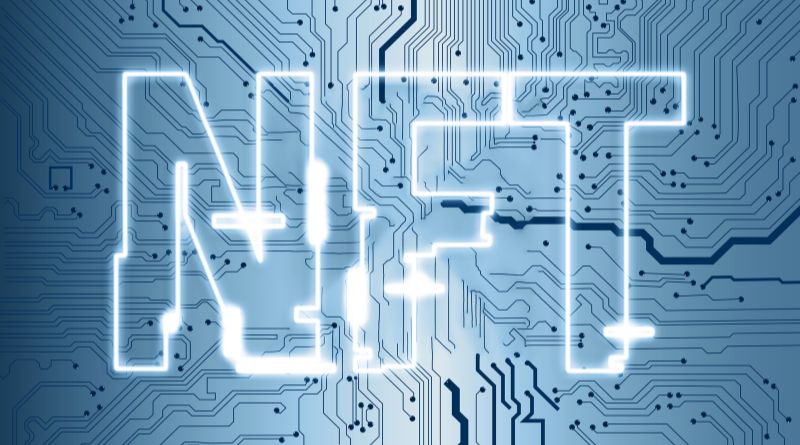Non-fungible tokens, or NFTs, are digital assets built on blockchain technology that have unique digital identities and exist as individual items or in limited editions. By design, each NFT is indivisible and cannot be broken down into other fungible tokens. However, they can be traded freely on the Ethereum network and operate separately from other tokens — even non-digital ones like traditional fiat currency. In this article, we’ll cover the following questions about NFTs: what they are, why they exist, and how they function in various real-world use cases. Let’s get started!
An introduction to NFTs
Non-fungible tokens, or NFTs for short, are unique digital assets built on blockchain technology. They’re a type of cryptocurrency that lives on the blockchain and are highly customizable – think digital artwork with serial numbers. While other cryptocurrencies like Bitcoin or Ether function as money (or currency), NFTs function as unique pieces of content – from collectibles to in-game items to pieces of real estate. An NFT typically has some way to tell it apart from other copies of itself on the blockchain which makes it unspendable by two or more parties at once.
As with any new type of technology, there is a lot to learn. And while Bitcoin is relatively simple to understand (if you’re familiar with basic financial transactions) – blockchain assets like NFTs are a bit more complicated. Understanding NFTs requires some knowledge of cryptocurrency in general and blockchain technology in particular. There are two key parts that make up an NFT: its serial number (its identity on the blockchain) and its metadata (the information related to that identity). Sometimes it’s just one part, sometimes both parts together. The serial number also functions as a pointer for other players using it, depending on how it’s been structured by its creator.
Examples of NFTs
Digital assets can be broken into two categories: fungible and non-fungible. Fungible tokens are interchangeable with each other, meaning any instance is as good as the next. This would include Bitcoin (BTC) or Ethereum (ETH). Non-fungible tokens are not interchangeable; they are instead unique digital assets built on blockchain technology that have specific features attached to them. Some examples of NFTs include Cryptokitties (Ethereum), Decentraland (Ethereum), and CryptoPunks (Counterparty).
Each type has its own benefits. Fungibles are easier to create because you don’t need one unique item to act as a placeholder for an entire class of goods.
Monetizing your knowledge as an NFT
Blockchain tech will have far-reaching implications for nearly every industry, but this might be especially true in the digital collectibles space. When digital collectibles were first gaining popularity a few years ago with platforms like CryptoKitties, it was unclear how blockchain would impact digital collectibles more broadly. However, since that time we’ve seen a number of new games emerge that allow users to purchase limited edition items as in-game items.
These items are known as non-fungible tokens (NFTs), meaning they are unique pieces with intrinsic value that you can trade or sell on secondary markets. These tokens might represent an in-game item that cannot be duplicated.
Challenges with NFT implementations
There are a few challenges with NFT implementations. The first challenge is that NFTs are costly to create and maintain because it involves uploading art files which means the size limit for any particular game is drastically reduced. The second challenge with non-fungible tokens is that you need a centralized service that keeps track of who owns what game assets on the blockchain which will have their own costs as well as security concerns. To get around this challenge, developers might need to revert back to designing games in more traditional ways where players can trade or sell items directly between each other instead of relying on a centralized market which could come with its own set of problems.
Final thoughts
NFTs come in a variety of forms. Some are crypto game items such as CryptoKitties or PonziCoin tokens. Others are the representation of ownership for an asset such as home deeds for borderless real estate or physical assets like vintage artwork. All things considered, when it comes to NFTs there is no one right answer to the question What are they? In this piece we took a deep dive into what they are and what they do. We hope you found it helpful.


